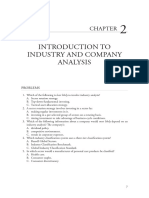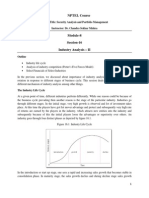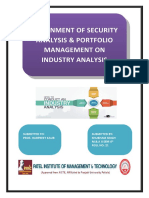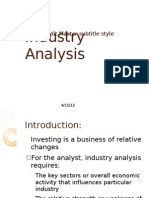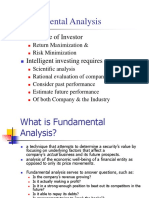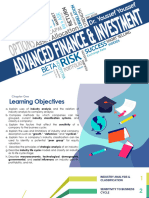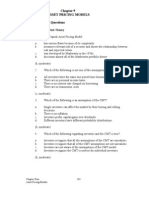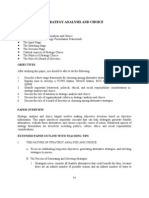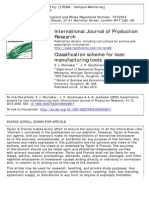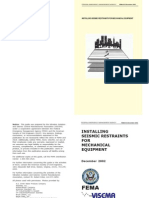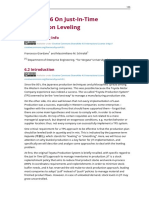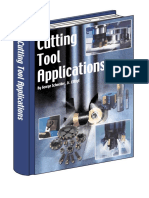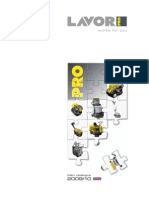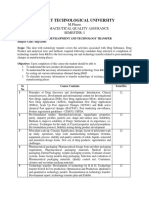0% found this document useful (0 votes)
462 views11 pagesIndustry Analysis: Key Concepts & MCQs
This document provides an overview of industry analysis, including:
1) Industry analysis involves examining the economic sector, industry, and industry subsector that a company operates in. It is the second step in fundamental analysis.
2) Industries go through different life cycle stages - pioneering, expansion, stabilization, and maturity - and understanding what stage an industry is in helps assess its future outlook and risks.
3) Qualitative factors to analyze include historical performance, competition, and structural changes within an industry. This can provide insights into an industry's future growth potential and profitability.
Uploaded by
Salman ZafarCopyright
© Attribution Non-Commercial (BY-NC)
We take content rights seriously. If you suspect this is your content, claim it here.
Available Formats
Download as DOC, PDF, TXT or read online on Scribd
0% found this document useful (0 votes)
462 views11 pagesIndustry Analysis: Key Concepts & MCQs
This document provides an overview of industry analysis, including:
1) Industry analysis involves examining the economic sector, industry, and industry subsector that a company operates in. It is the second step in fundamental analysis.
2) Industries go through different life cycle stages - pioneering, expansion, stabilization, and maturity - and understanding what stage an industry is in helps assess its future outlook and risks.
3) Qualitative factors to analyze include historical performance, competition, and structural changes within an industry. This can provide insights into an industry's future growth potential and profitability.
Uploaded by
Salman ZafarCopyright
© Attribution Non-Commercial (BY-NC)
We take content rights seriously. If you suspect this is your content, claim it here.
Available Formats
Download as DOC, PDF, TXT or read online on Scribd
/ 11

















